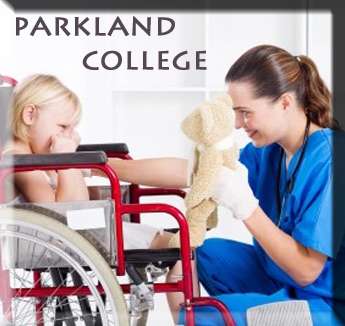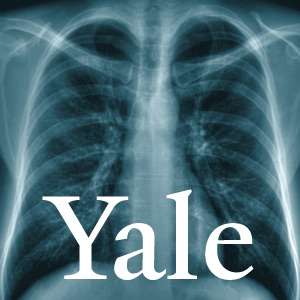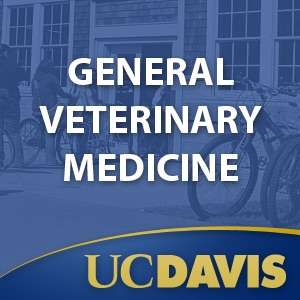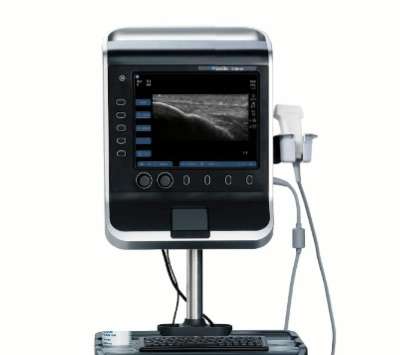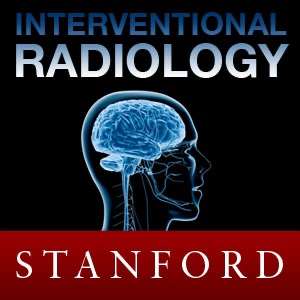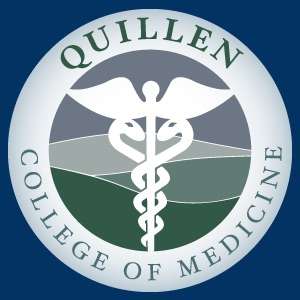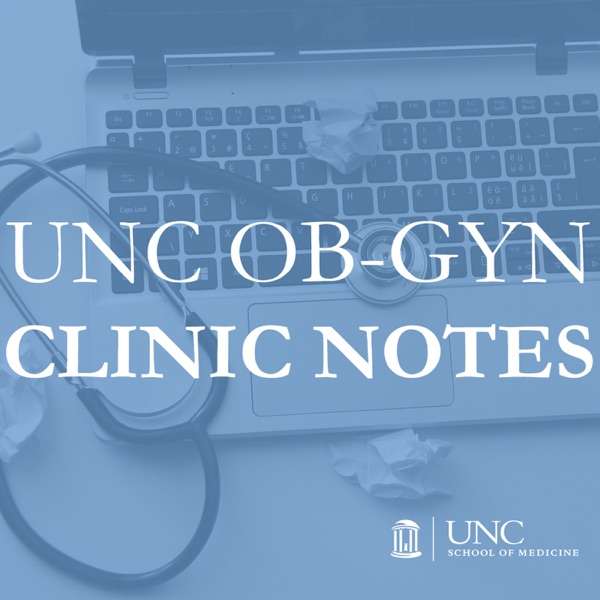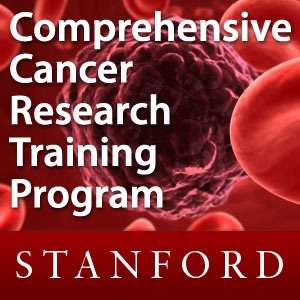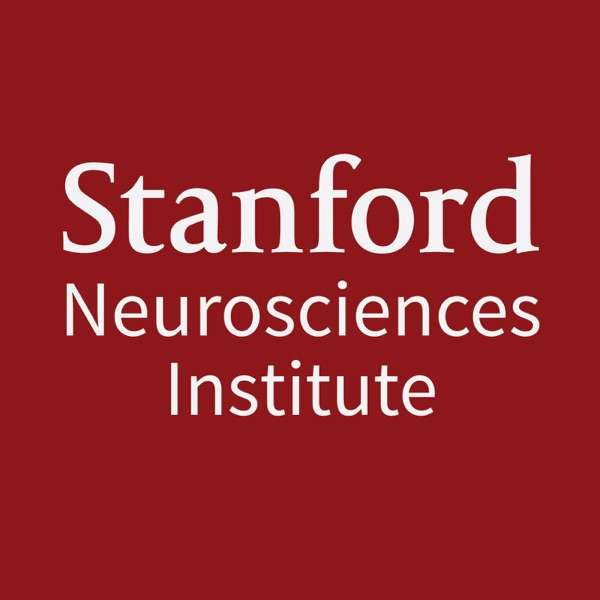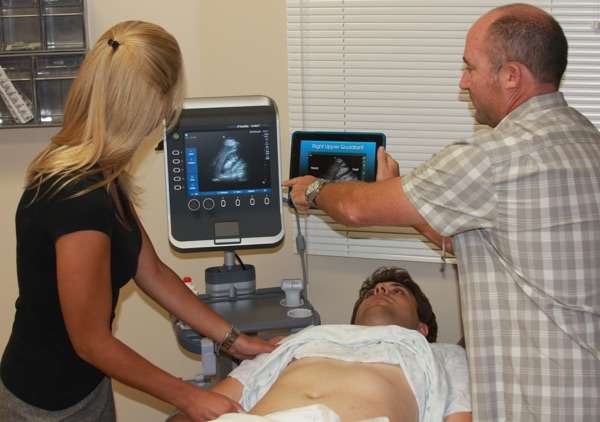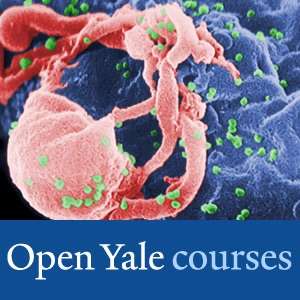Top Medicine Podcasts
326
Medicine
Public Health: On the Inside takes listeners to the frontlines of public health to meet interesting people working in the field. Read More
Public Health: On the Inside takes listeners to the frontlines of public health Read More
329
Medicine
Reflections on clinical cases, accounts of inspiring resuscitators, interviews, and updates from the literature on life-saving medicine Read More
Reflections on clinical cases, accounts of inspiring resuscitators, interviews, Read More
330
Medicine
Hear from a variety of experts on all things neuromuscular & electrodiagnostic medicine. Learn new science, hear expert perspectives, and join the conversation! Read More
Hear from a variety of experts on all things neuromuscular & electrodiagnost Read More
331
Medicine
This collection features Yale School of Medicine and Yale School of Public Health faculty and researchers on studies and research being done in the area of public health. Read More
This collection features Yale School of Medicine and Yale School of Public Healt Read More
334
Medicine
Advanced Clinical Skills - ACLS - College of Pharmacy
Advanced Clinical Skills – ACLS – College of Pharmacy Read More
335
Medicine
This course provides an overview of the key foundational concepts in cancer care. It covers cancer prevention and risk assessment, diagnosis and screening of hematological and solid tumors, and various cancer treatment modalities, including surgery, radiation therapy, and drug treatment. Additional lectures are provided on oncologic emergencies, symptom management, palliative care, and cancer survivorship care. Read More
This course provides an overview of the key foundational concepts in cancer care Read More
336
Medicine
The tools one needs to successfully pilot a portable ultrasound device in the setting in all things critical care. This includes a heavy dose of ECHO, Pulmonary, and Procedural Guidance. Read More
The tools one needs to successfully pilot a portable ultrasound device in the se Read More
337
Medicine
The Interventional Radiology department serves as the technological backbone of all minimally invasive, image-guided procedures at Stanford Hospital & Clinics. With a mission to investigate and promote image-guided therapies that will fulfill unmet medical needs, Interventional Radiology at Stanford develops innovative practitioners and patient therapies while providing the highest quality patient care. Read More
The Interventional Radiology department serves as the technological backbone of Read More
338
Medicine
Nutrition Talk is a part of the Nutrition Internet Radio Project at the Friedman School of Nutrition Science and Policy at Tufts University. Read More
Nutrition Talk is a part of the Nutrition Internet Radio Project at the Friedman Read More
339
Medicine
Weekly recordings of live seminars presented to the Friedman community in Boston by researchers and practitioners in the field of nutrition. Read More
Weekly recordings of live seminars presented to the Friedman community in Boston Read More
340
Medicine
The Medical Physiology course provides a series of lectures, integrative sessions, laboratory exercises, and problem solving sessions designed to stress the concepts of function. The course is partitioned into system sections but all physiological systems interact. Read More
The Medical Physiology course provides a series of lectures, integrative session Read More
341
Medicine
UNC OB-GYN Clinic Notes is a quarterly podcast on popular topics and emerging trends in obstetrics and gynecology for those interested in – or training in – women’s healthcare. This podcast is hosted by the Department of Obstetrics and Gynecology in the School of Medicine at the University of North Carolina at Chapel Hill. Read More
UNC OB-GYN Clinic Notes is a quarterly podcast on popular topics and emerging tr Read More
342

Medicine
These videos teach the fundamentals of a dynamic warm up. Dynamic Warm Ups involve movement, rather than static stretching, to prepare your body for what you will actually do in the upcoming workout, utilizing activity or sport specific movements. Dynamic warm ups also target areas of the body that tend to be tight or locked down: the goal is to open them up so they are able to load and unload your body weight safely and efficiently.
Because life and sport happen in all three planes, we need to warm up and train in all three planes of motion. These dynamic warm ups use a matrix system, where we tweak different fundamental movements in all three planes. For a general dynamic warm up, we focus on getting proper motion in the foot/ankle, hips and thoracic spine. We use different body parts as what we’ll call drivers, to drive the body through movement.
We have classified the movements based on the number of points of contact, or external stability. Level 1 movements have 3 points of contact, such as two hands on the wall and one foot on the ground, while the other foot is used as a driver. Level 2 movements have just 2 points of contact: typically two feet on the ground using the upper body and arms as drivers. Level 3 movements will have one or no points of contact. These activities include some sort of locomotion, or flight phase, like lunging, running, or shuffling. The final level, four, incorporates some type of overload with these movements, such as driving a dumbbell with the arms. A well- designed Dynamic Warm Up uses a combination of different levels, while tweaking in all three planes of motion, to address movement through the foot/ankle, hips, and thoracic spine.
These Dynamic Warm Ups start by isolating each target area, using all three planes of motion. Examples of each of the levels will help you see how to warm up using three, then two and then one or no points of stability. The goal is to allow the body to “move” and work as it was intended to – with integrated and sequential movement patterns, rather than isolating individual body parts. The Dynamic Warm Up trains movement, not muscles – which should improve performance, whether you are a world class athlete or a beginning exerciser.
**Acknowledgement** Dixie Stanforth, Ph.D., directs the undergraduate Specialization in Personal Training at UT Austin. Dixie has been a fitness editor for Shape magazine and a 5-star presenter for IDEA, presenting extensively at both national and international conferences. She is a spokesperson for ACE, and serves on the Editorial Board for the ACSM Health & Fitness Journal and GSSI Speakers Bureau. She has a successful personal training business, and continues to be involved in the research of current fitness topics while emphasizing her commitment to teaching and training others.
Dixie has developed a successful curriculum for personal trainers, providing both theoretical content and practical experiences. Former students currently practice as doctors, physical therapists, physician assistant's, and other branches of allied health. Many have successful personal training careers, and now own/operate their own facilities, while others work with athletes in sports conditioning settings. Her desire to challenge her students to excel extends to this project, which features students teaching the basics of a dynamic warm up.
All students graduated from UT Austin, College of Education, Dept. of Kinesiology & Health Education.
Anthony Winn, Lead Instructor: Earned his BS (2010) and MEd (2012). Works as a Performance Coach at Driven Performance in Austin, TX.
Lauren Holt: Earned her BS (2010) and MEd (2012). Works as a Strength & Conditioning Intern at Round Rock Express and UT Basketball.
Robby Watson: Earned his BS (2012).
Sam Dowd: Providing the "voice" for the Introduction, Sam earned his BS (2010), Read More
These videos teach the fundamentals of a dynamic warm up. Dynamic Warm Ups invol Read More
345
Medicine
The Stanford Neurosciences Institute is a new, campus-wide independent institute under the Vice Provost and Dean of Research. The goal of the Stanford Neurosciences Institute is to understand how the brain gives rise to mental life and behavior. Our interdisciplinary community of scholars will draw from and transform a multiplicity of disciplines, including neuroscience, medicine, education, law and business. Our discoveries will remodel understanding of brain function, individuals, and society, enabling positive change and enhancing human potential. Read More
The Stanford Neurosciences Institute is a new, campus-wide independent institute Read More
347

Medicine
This course is a single-quarter, focused follow-up to the yearlong Mini Med School course sequence offered in 2009–10 by Stanford Continuing Studies and the Stanford Medical School. The course focuses on diseases of the heart and cardiovascular system, the leading cause of death and disability for both men and women as well as the most common cause of serious birth defects. Addressing these challenges, the Stanford Cardiovascular Institute catalyzes a unique collaboration among clinicians, translational and basic scientists, and engineers, fostering the development of novel approaches to diagnosing, treating, and ultimately preventing cardiovascular disease.
Featuring a dozen distinguished faculty from Stanford’s Cardiovascular Institute, this course offers students a dynamic introduction to the world of cardiovascular biology, health and disease, and the groundbreaking changes taking place in medical research right here at Stanford.
The course begins with an overview of how the cardiovascular system works, setting the stage for more in-depth talks by experts on topics such as: how heart disease affects men, women, and children; the role genes play in cardiovascular disease; how we can mend a broken heart through new surgical approaches, technologies, and bioengineering (including stem cells); the cardiovascular risks and benefits associated with performance athletics; new innovations in heart imaging; and more. Read More
This course is a single-quarter, focused follow-up to the yearlong Mini Med Scho Read More
348
Medicine
These lectures comprise the bedside ultrasound curriculum from the perspective of emergency medicine.
These lectures comprise the bedside ultrasound curriculum from the perspective o Read More
349
Medicine
This course consists of an international analysis of the impact of epidemic diseases on western society and culture from the bubonic plague to HIV/AIDS and the recent experience of SARS and swine flu. Leading themes include: infectious disease and its impact on society; the development of public health measures; the role of medical ethics; the genre of plague literature; the social reactions of mass hysteria and violence; the rise of the germ theory of disease; the development of tropical medicine; a comparison of the social, cultural, and historical impact of major infectious diseases; and the issue of emerging and re-emerging diseases. Read More
This course consists of an international analysis of the impact of epidemic dise Read More
350
Medicine
A graduate course in neuroethics, intended for neuroscience graduate
students, being developed and offered with support from the NSF. It includes a
combination of traditional classroom lectures, discussion and debates, as well as an
online component coordinated with a course at Wisconsin's Neuroscience and Public
Policy graduate program.
In brief, this is the rationale: Neuroscience is increasingly affecting all aspects of human life, from the relatively familiar medical applications in neurology and psychiatry, to new applications in education, business, law and the military. Today's neuroscience graduate students will be among the scientists, citizens and policymakers who will lead society through the maze of decisions regarding the appropriate uses of neuroscience.
This course provides a survey of the key ethical, legal and social issues at the
intersection of neuroscience and society. Read More
A graduate course in neuroethics, intended for neuroscience graduate students, b Read More

 Our TOPPODCAST Picks
Our TOPPODCAST Picks  Stay Connected
Stay Connected
